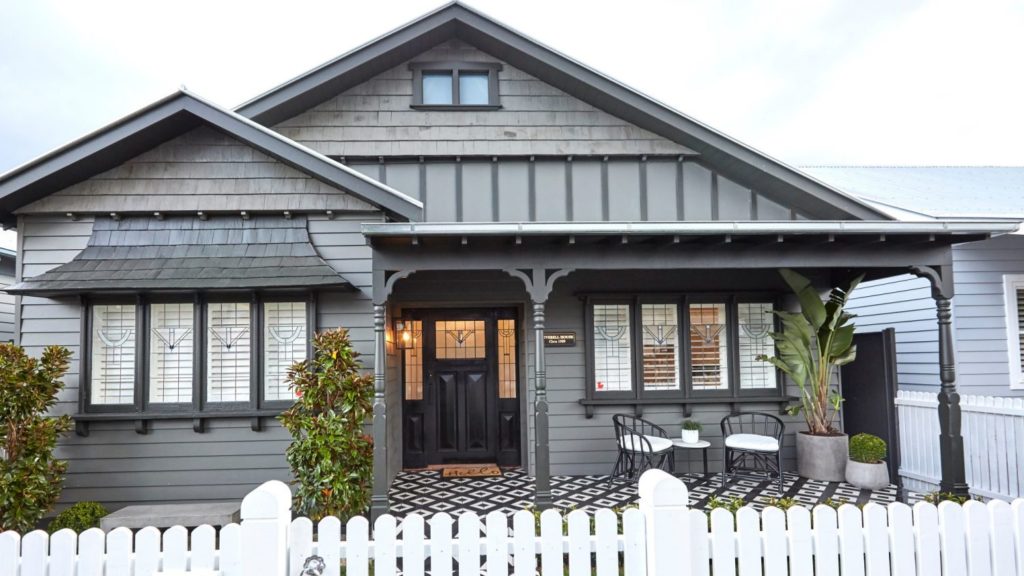Making money in property development

Written by: Michael Yardney – Property Investment Expert
The key to making money in property development, whatever the market does, is to carefully plan for a realistic rate of return and retain the flexibility to adapt to changing circumstances.
When planning your development project, the bottom line should be the return on your investment.
I target a 15 to 20 per cent return on development costs.
That is, the profit you make after you’ve sold the property or refinanced the property before tax.
This is typically called your net profit.
A 15 per cent return means your (net) profit was 15 per cent of the total development cost of your project:

Therefore, the return on the total development cost is 15 per cent ($300,000/$2,000,000) but the return on your invested funds, which may be only $400,000 (having borrowed the rest), could be up to 75 per cent.
Why do I target at least a 15 per cent return?
In the “good old days” I was able to achieve a better profit margin than this, but today I suggest this rate of return because I’ve learnt that property markets falter and there are even periods where prices fall!
They always have and will continue to do.
However, a 15 per cent margin is a good compromise between providing a safety cushion in case of sudden changes in the market, and b
eing an achievable and maintainable target.
If you work on a 15 per cent margin, you’ll simply:
- Make good money in a good market.
- Make sufficient money in a bad market.
Obviously, if you firmly believe the property market is about to slump, you won’t get involved in a development at all.
However, if you stick to the 15 per cent rule you’ll learn to be highly disciplined and effective in your negotiations.
Crucially, you’ll learn to walk away from a deal when it’s too risky.
This means, be prepared to walk!
If the market is overheating and the opportunity of a safe 15 per cent return is not available, walk away.
Wait until the market is in a better condition before you purchase your property.
There are just some stages of the property cycle where you’re better sitting it out.
How banks cover their risk
If you think about it, banks use 15 to 20 per cent of a property’s value as a buffer against their risk.
We can see this clearly in the terms for standard mortgages.
In order for you to get a mortgage, a lender usually requires that you put up 15 to 20 per cent of the property’s value.
This is based on their assumption that the market is highly unlikely to drop more than 20 per cent, so that even if the mortgage holder (i.e. you) went bust, the lender would still get their money back by selling the property and keeping the deposit.
If financial institutions use 20 per cent as the level at which there’s no real risk, then so should you.
If you also apply this principle – aiming for a 15 to 20 per cent return – you’ll be drastically reducing your risk exposure.
The risk conscious approach
To minimise your risks, when doing your financial feasibility on a potential development site always look at the potential downside – when you’re calculating potential returns of your development always take a pessimistic view.
Test your ability to finance the property under the worst possible conditions.
Assume that interest rates will rise substantially and that end values and rental values will hold or even.
What will the end values be on completion of your project?
What could these fall to if the market falters?
If you’re planning to develop and hold rather than sell your property, which is my preferred strategy, when you’re calculating potential returns from rentals take a similarly pessimistic view.
If after these realistic calculations you can still make a good return, you can go ahead with your development knowing that even in a worst-case scenario where the bottom falls out of the market, you won’t lose money.
The crucial thing is that this level of security will enable you to hold on to a property until the market corrects itself (as it always does).
Essentially, holding the property as a long-term rental will buy you time.
Original Article from: https://propertyupdate.com.au/making-money-property-development/



0